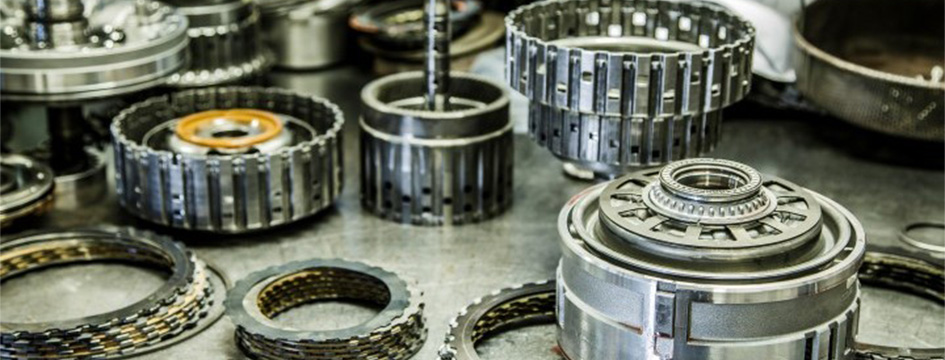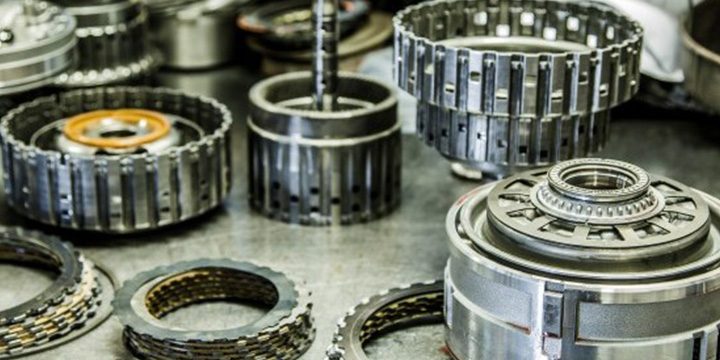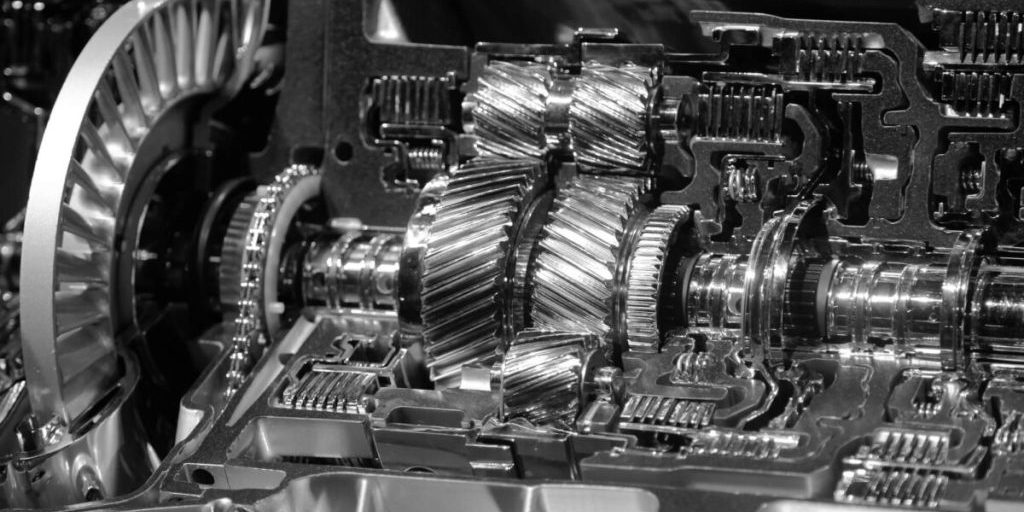When to consider transmission replacement?
February 25, 2025

Your vehicle’s transmission plays a vital role in ensuring smooth gear shifts and overall driving performance. However, transmission issues can be among the most expensive and complex car repairs. Knowing when to repair or replace a transmission can save you time, money, and stress. This article will help you determine when a transmission replacement is necessary and what factors to consider before making a decision.
Understanding Transmission Lifespan
The transmission lifespan varies depending on driving habits, maintenance, and vehicle type. On average, a well-maintained transmission lasts between 150,000 to 200,000 km. However, several factors can shorten or extend this lifespan:
- Regular maintenance: Changing transmission fluid and filters as recommended extends the transmission’s longevity.
- Driving habits: Aggressive acceleration, frequent towing, and stop-and-go traffic contribute to faster wear.
- Heat & fluid quality: Overheating and poor-quality or old transmission fluid accelerate internal component degradation.
- Automatic vs. manual transmissions: Automatic transmissions typically wear out faster due to complex internal components compared to manual ones, which often last longer if properly maintained.
Understanding these factors helps car owners anticipate auto transmission replacement timing and prevent unexpected breakdowns.
Signs Your Transmission Might Need Replacing
If your transmission is failing, early detection can prevent further damage and costly repairs. Look for these warning signs:
1. Persistent Slipping
If your transmission is slipping, you may notice that your gears unexpectedly disengage or shift erratically. This can cause the engine to rev higher than usual without increasing speed. Slipping can be dangerous, as it affects acceleration and overall control of the vehicle. Ignoring this issue could lead to complete transmission failure over time.
2. Delayed or Rough Shifting
A properly functioning transmission should shift smoothly and without hesitation. If you experience delays when changing gears or if you feel a jolt or clunking sensation when shifting, it may indicate significant internal wear. Harsh engagement can also mean that internal components are struggling to synchronise properly, leading to further transmission damage if left unresolved.
3. Burning Smell or Leaking Fluid
A burning smell while driving or after parking your vehicle could indicate overheating transmission fluid. Overheated or degraded fluid loses its ability to lubricate and cool transmission components, leading to accelerated wear and possible failure. Additionally, transmission fluid leaks—often recognised by reddish or brownish stains under your vehicle—may signal a failing gasket or seal, which can cause further mechanical issues if not addressed promptly.
4. Warning Lights
Modern vehicles are equipped with warning systems that detect transmission problems. If your transmission warning light or check engine light remains illuminated, it may indicate an issue that requires immediate attention. Diagnostic trouble codes can provide further insights into the problem, helping technicians determine whether a repair or replacement is necessary.
5. Grinding or Unusual Noises
Hearing humming, whining, or grinding noises while your vehicle is in gear is never a good sign. These sounds can be caused by worn-out bearings, damaged gears, or a failing torque converter. If these noises intensify when you accelerate or shift gears, it’s a strong indication that internal transmission components are deteriorating and may soon fail completely.
6. Frequent Repairs
If you find yourself frequently visiting the mechanic for transmission-related repairs, it may be time to consider a replacement rather than continuing to invest in short-term fixes. Repeated breakdowns can indicate deeper structural issues that a simple repair may not permanently fix. Investing in a new transmission or a professionally rebuilt one might be a more cost-effective and reliable solution in the long run.
Ignoring these symptoms can lead to complete transmission failure, making replacing a transmission inevitable.
Repair vs. Replacement — When Is It Time for a New Transmission?
While some transmission issues can be resolved with minor repairs, others indicate it’s time for a full transmission replacement.
Minor repairs, such as fixing leaks by replacing seals or gaskets, can stop fluid loss and prevent further damage. Solenoid or sensor issues can often be resolved without removing the transmission. Sometimes, a simple fluid change can improve shifting performance if old or contaminated fluid is causing problems.
However, in cases of severe internal damage, where gears, clutch packs, or other major components fail, replacing the entire transmission is often more cost-effective than a rebuild.
If repair costs exceed 50% of your vehicle’s market value, a replacement is the better financial choice. Additionally, if the car is older and unreliable, replacing the transmission might not be a wise investment. If the transmission has already been rebuilt and continues to fail, opting for a new or used replacement may be the best option.
Choosing the Right Transmission Replacement
When replacing a transmission, choosing the right type is crucial. Here are your options:
OEM vs. Aftermarket
- OEM (original equipment manufacturer): Ensures compatibility and reliability but may be more expensive
- Aftermarket: Typically more affordable, but quality varies based on brand and manufacturer
New vs. Rebuilt vs. Used Transmissions
- New transmission: Offers the best longevity and reliability but is the most expensive
- Rebuilt transmission: A cost-effective alternative where worn components are replaced, but quality depends on the rebuild process
- Used transmission: The most affordable option, but it comes with mileage-related risks and a limited warranty
Warranty & Professional Installation
Ensure the transmission replacement comes with a warranty for added protection
Have the new transmission installed by a qualified mechanic to avoid potential issues
Is It Time for a Transmission Replacement?
A failing transmission can be a costly repair, but knowing the right time to replace it can save you money and ensure vehicle safety.
Key takeaways:
- Look out for slipping gears, rough shifting, leaks, and warning lights
- Evaluate repair costs versus vehicle value before deciding
- Choose the right transmission replacement based on budget and reliability needs
We are Perth’s leading transmission repair and rebuild specialists at Automatic Transmissions R Us. Contact us today by sending an online enquiry.
Read on...



